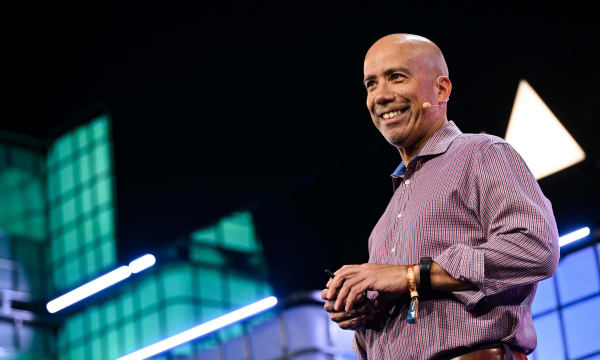Could educating and empowering women be the “secret solution” to climate change?
Scientists and activists are connecting the dots between promoting gender equality and the ability to effectively tackle climate change at a global level. “Girls’ education, gender equality and climate change are not separate issues,” female education activist and Nobel Peace Prize laureate Malala Yousafzai said during a March 2021 panel. “Girls’ education and gender equality can be used as solutions against climate change.”
Empowering women and girls in developing countries was ranked as the second most effective solution for curbing global warming to 2°C, according to a March 2020 report by the climate research organization Project Drawdown.
Marina Andrijevic is one researcher exploring the link between female empowerment and positive climate change action. She is a researcher at the climate science and policy institute, Climate Analytics, and is the lead author of the December 2020 research paper, “Overcoming gender inequality for climate resilient development.”
We spoke with Marina about her research and why gender equality is crucial to a sustainable future.
You recently published a study titled: Overcoming Gender Equality for Climate Resilient Development. Can you tell us more about the study and your key findings?
We wrote our article primarily for scientists who work with quantitative models that combine the physical side of climate change (e.g., sea level rise, floods, droughts, etc.) and the socio-economic side, which is an idea of how the societies of the future might look like. This way we are able to imagine how climate change might affect future societies.
There are many modeling groups around the world that assess the scientific knowledge of climate change, which is periodically reviewed by the IPCC, the Intergovernmental Panel on Climate Change. These researchers agreed to work with a set of scenarios of future socio-economic development: what if we followed this population trajectory, this GDP trajectory, this social dynamic education inequality, urbanization, and so on, what would a future society look like? In our paper from December 2020, we extended these scenarios with an indicator of gender inequality, which captures women’s political and economic participation, and inequality in education.
First, we drew the connections between gender inequality and vulnerability, and then gender inequality and climate action. Then, we used a simple statistical model to analyze the variations between countries in this index of gender inequality over the past 20 years. We found the correlation of GDP per capita share of population, higher education, and gender equality in education. Countries that are richer and have more educated populations, have gender equality in education, and have a lower overall gender inequality in a society. Results showed that if we really doubled down in the near term on improving things like GDP and female representation in education, we could reduce the share of girls globally affected by gender inequality from about 70% today to about 25% by 2030.
What is the connection between fighting climate change and educating and empowering women?
It is my impression that even in the scientific community, this isn’t an obvious connection. This speaks to the broader problem of neglecting the importance of women’s agency. In very simple terms, we’re talking about half of the world’s population, so empowering half of the world in terms of access to information, finance and decision-making is a big deal. If [women] don’t have equal access to resources—be it education or income or political voice—[they’ll] be disproportionately more impacted by climate change because they’ll lack resources to cope with it. This could also lead to vicious cycles where climate change exacerbates social inequality.





